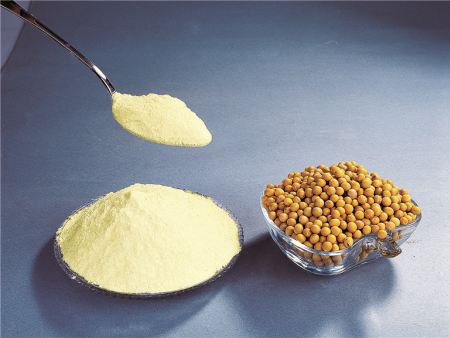Customized phospholipid purity
Time:2024-02-19
Phospholipids are a class of lipids that include molecules like phosphatidylcholine, phosphatidylethanolamine, phosphatidylserine, and others.They are essential components of cell membranes and have various applications in the food, pharmaceutical, and cosmetic industries. Customizing phospholipid purity involves adjusting the composition and concentration of phospholipids to meet specific requirements for a particular application or product. Here are some general steps to customize phospholipid purity:
Selection of Raw Materials:
Choose high-quality raw materials for the extraction or synthesis of phospholipids.Common sources include soy, sunflower, and other plant-based oils. The purity of the starting materials will influence the purity of the final phospholipid product.
Extraction and Purification Techniques:
Employ specific extraction and purification techniques to isolate the desired phospholipids. Different methods, such as chromatography, solvent extraction, or enzymatic processes, can be used to separate and purify phospholipids based on their characteristics.
Fractionation:
If necessary, fractionate the extracted or synthesized phospholipids to separate specific phospholipid classes.For example, you may want to isolate phosphatidylcholine or phosphatidylethanolamine for certain applications.
Purification Steps:
Use additional purification steps to remove impurities, such as non-phospholipid lipids, proteins, or other contaminants. Filtration, chromatography, and distillation are examples of purification techniques.
Analytical Testing:
Conduct analytical testing to assess the purity of the phospholipids.Techniques such as high-performance liquid chromatography (HPLC) or mass spectrometry can be employed to quantify and identify specific phospholipid species.
Adjusting Concentrations:
Customize the concentration of individual phospholipids based on the desired specifications.This may involve dilution or concentration steps to achieve the required composition.
Quality Control:
Implement robust quality control measures to ensure that the customized phospholipids meet the desired purity standards. Regular testing throughout the production process helps maintain consistency and quality.
Custom Formulations:
Consider the specific application for which the phospholipids will be used.Formulate the phospholipids to meet the requirements of the end product, taking into account factors such as stability, solubility, and compatibility with other ingredients.
Regulatory Compliance:
Ensure compliance with relevant regulations and quality standards for the industry in which the phospholipids will be used.This may include adhering to Good Manufacturing Practices (GMP) and other regulatory guidelines.
Documentation:
Maintain detailed documentation of the production process, including the methods used, testing results, and any deviations from standard procedures.This information is crucial for quality assurance and regulatory purposes.
Customizing phospholipid purity requires a thorough understanding of the specific requirements for the intended application and careful control of the production processes.Consulting with experts in lipid chemistry and analytical techniques can be beneficial when customizing phospholipid purity for specific applications.


 CN
CN





